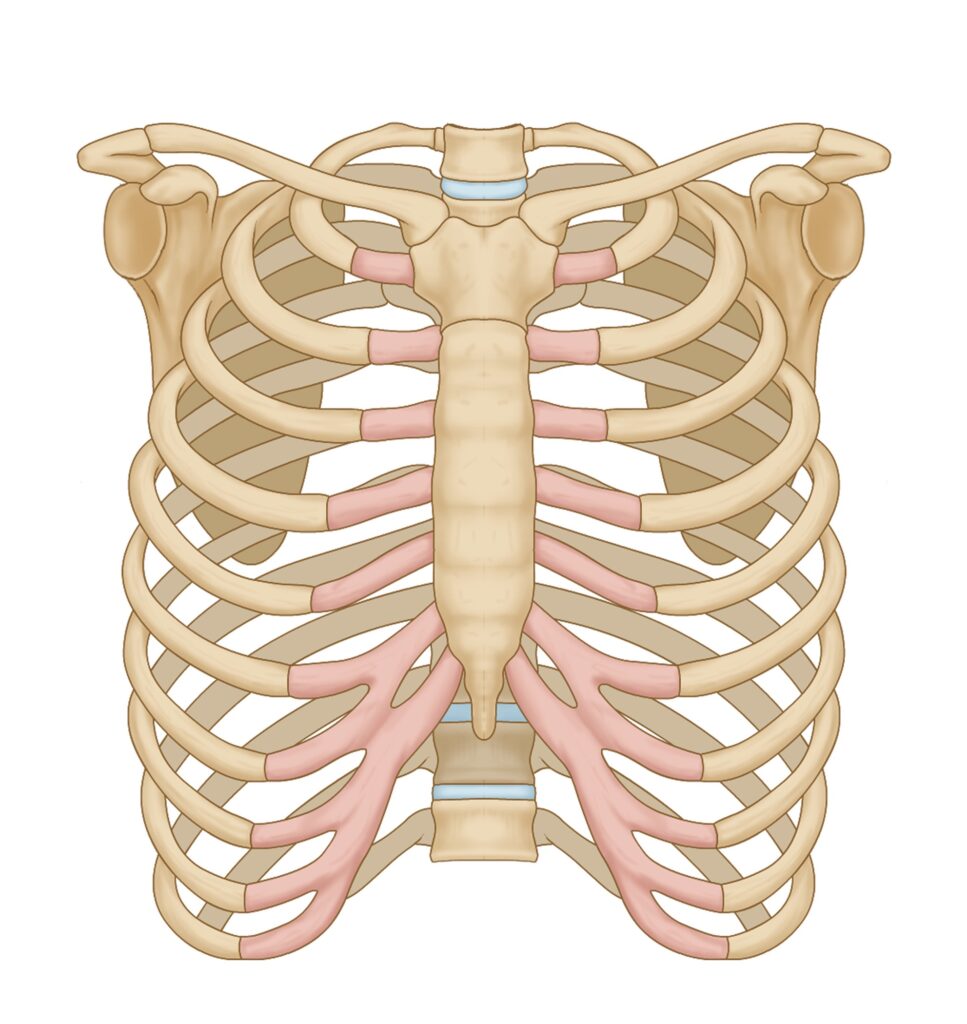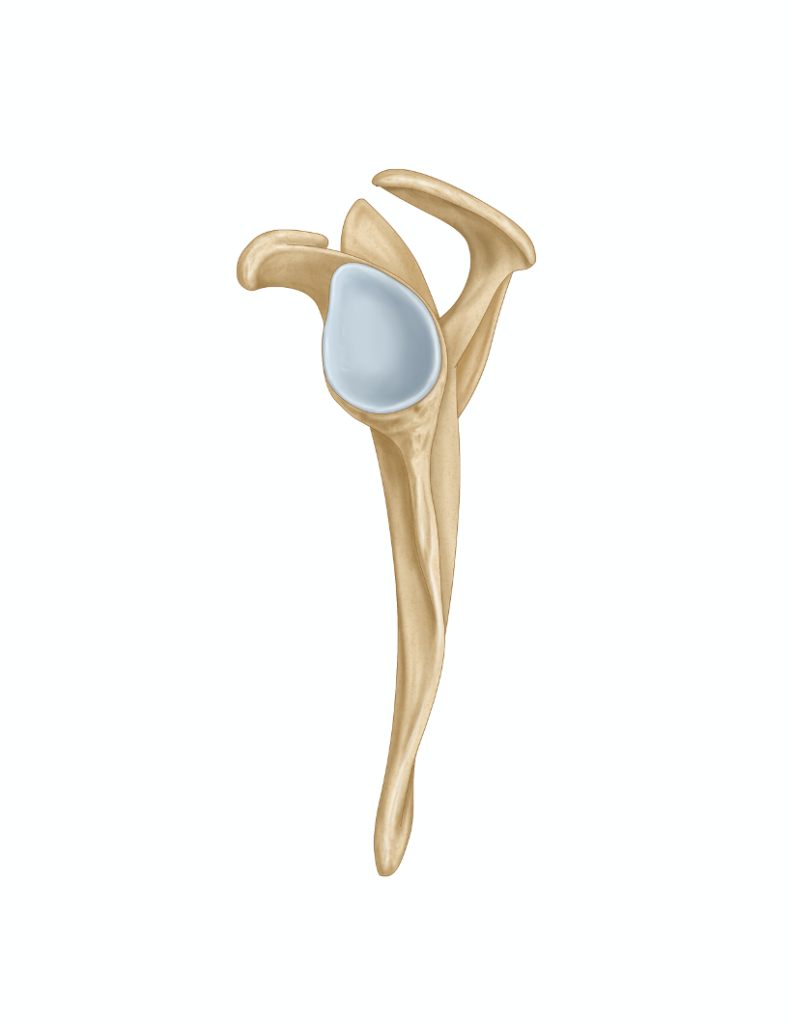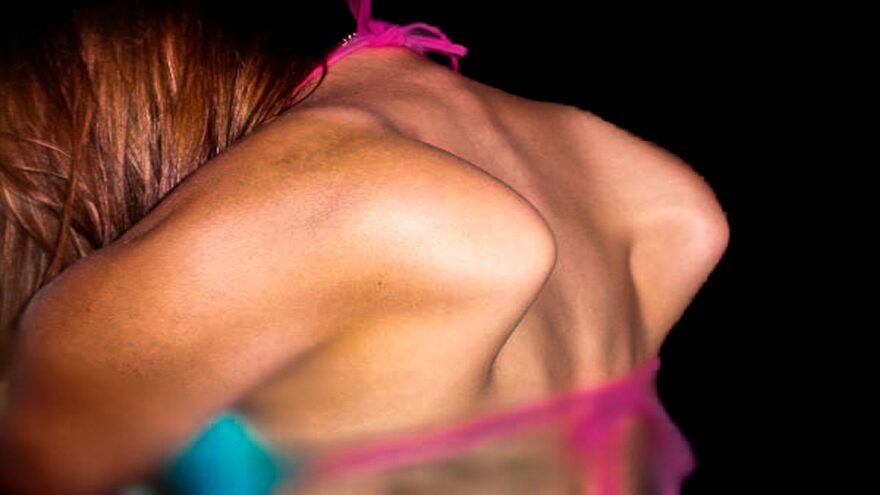Table of Contents
The Real Culprit Behind Scapular Winging: It’s Not What You Think
Ever caught a glimpse of your shoulder blade in the mirror and thought it looked like it was trying to take flight? ?
Been told it’s a serratus problem and punches are the solution?
PLOT TWIST: Most shoulder winging advice misses a HUGE piece of the puzzle ??.
Check everything out below to learn what that is (and what you can do about it).
The Scapulothoracic Joint: Long Forgotten
Scapular muscles get all the press, but have you ever considered the stage they perform on?
Enter the ribcage.

The shoulder blade is concave. For it to slide and glide like Michael Jackson moonwalking, it needs a convex surface.

That surface is the ribcage. But what if there are ribcage restrictions ??
The ribcage will appear forward in relation to the shoulder blade. This gives the appearance of scapular winging.
But it’s not a scapular problem. The shoulder blade just lacks a home to run free on ??.
The Rotator Cuff’s Double Duty
Many think the rotator cuff (muscles that sit on the shoulder blade) ONLY acts on the shoulder. But did you know these muscles have a side hustle?
The rotator cuff ALSO moves the shoulder blade. The posterior cuff muscles (infraspinatus & teres minor) produce scapular internal rotation. When the scapula internally rotates, the inner border moves off the ribcage. Again, giving the appearance of winging.

If you lack filled space between the scapula and the thorax, your cuff muscles start doing double duty. They act on the humerus AND the scapula.
Grind culture – 1. Cuff muscles – 0.
Research Backs It Up
Folks. I’m not doing some biomechanical gymnastics ?.
There’s actually research linking the thorax and the scapula. A slouched posture (aka ribcage expansion = meh) REDUCES available shoulder motion. What’s more, limited thoracic expansion DECREASES scapular motion and INCREASES humeral motion.
When the ribcage doesn’t expand, the shoulder blade and arm take the hit.
So what do we do? We need to expand that ribcage yo!
The 3-Step Ribcage Expansion Plan
BUT…
We have to do it in a specific order. Each exercise I’m about to show you builds on the previous one.
We are targeting ribcage dynamics in the following sequence:
- Increase front-to-back thoracic shape
- Fill the gap between the ribs and the shoulder blade
- Retrain scapular gliding
Here are the moves that’ll do that:
1. Front-to-Back Expansion
You can LITERALLY make the ribcage bigger front-to-back when in the sidelying position. (research for that guy you argue on X with).
I’ve found lying on a foam roller creates even more pressure to elicit this effect:
- Setup: Place a foam roller on the middle third of the ribcage, about chest height. Use a pillow for comfort if needed.
- Position: Lie sideways on the foam roller, knees stacked on top of each other.
- Contact points: Bottom outside knee & foam roller.
- Action: Roll forward and slight sidebend over the foam roller. Reach top arm to the ceiling and look at your hand.
- Breathing: Silent breath in through the nose. On the exhale, melt into the foam roller.
- Reps: Perform five sets of five breaths, two times per day for 2-4 weeks.
2. Upper Back Expansion
Next, we want to fill the gap between the ribs and the shoulder blade. To do this, we need to drive upper-back expansion.
The posterior ribs move back and up upon inhalation. We can facilitate this with rolling, a low arm position, and gravity:
- Setup: Sit on the floor with one leg straight.
- Position: Bring the knee of the side you’re trying to expand to your chest. Eyes look ahead
- Action: Inhale and roll backward, exhale and roll forward. Reach the straight leg back towards the wall.
- Reps: Do three sets of 8-10 rolls per side, a couple of times per day for 2-4 weeks.
3. Chest Expansion
To ensure we get LEGIT scapular movement, we need space on the front of the chest. The ribcage movement here is called the pump handle action.
The downward dog position is great for this action:
- Setup: Start on hands and knees
- Contact points: Pisiform (wiggle bone on your wrist) and the base of the index finger.
- Action: Exhale & aim your rear upwards. Keep weight on the hand points and eyes look towards your feet.
- Breathing: Silent breath in through the nose. On the exhale, press heavier through the hand points.
- Reps: Perform five sets of five breaths, two times per day for 2-4 weeks.
Sum Up
Scapular winging isn’t only about the shoulder blade. It’s a two-player game, and the ribcage needs to step up.
Before you start pumping those upper back muscles, give your ribcage some love. Your shoulder blade will thank you. ?
To recap:
- The scapula wings because the ribcage doesn’t fill its front surface
- No home base = more work for the rotator cuff
- Driving ribcage expansion helps build the foundation for the shoulder blade to glide
If you want to maximize your upper back mobility to help your shoulder blade, I’d check out this post here.

